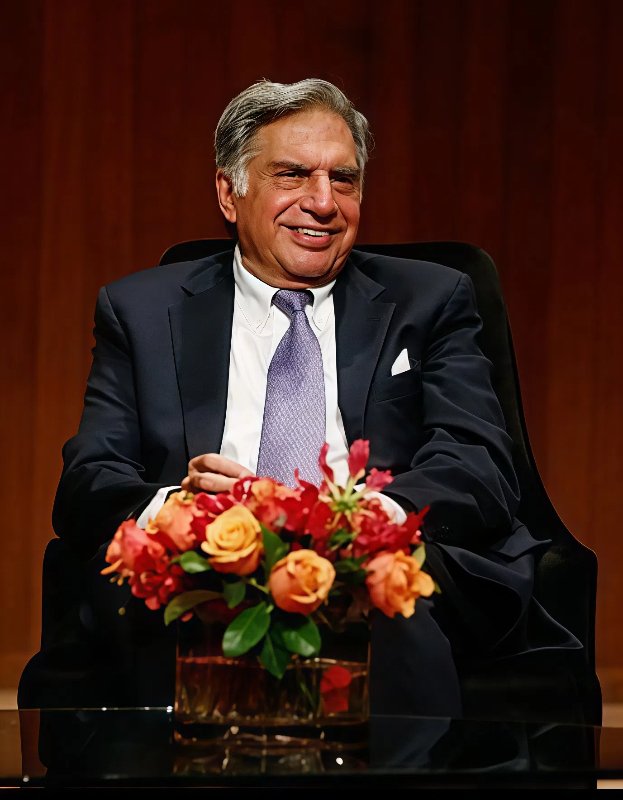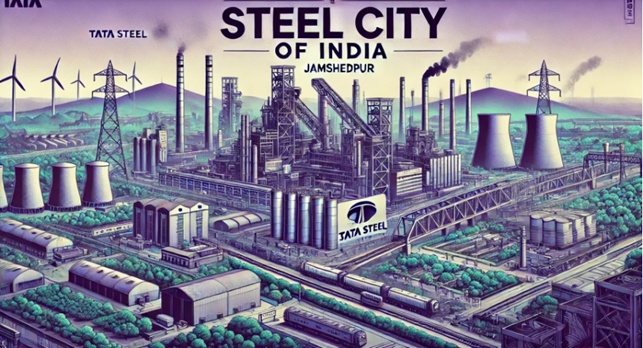A Visionary Whose Legacy Transcended Business into Architecture and Design

Ratan Naval Tata — an icon of Indian industry, a symbol of humility, and a true visionary — passed away on October 9, 2024, leaving behind a legacy that extends far beyond boardrooms and balance sheets. While the world remembers him as the driving force behind the global expansion of the Tata Group, few realize that his journey began with an abiding passion for architecture and design — a passion that shaped his worldview and guided his belief in creating not just businesses, but better environments for people.
A Foundation Built on Design
Born on December 28, 1937, Ratan Tata was deeply influenced by art, design, and culture from an early age. He pursued architecture at Cornell University before moving to structural engineering — a shift that blended aesthetics with practicality, and perhaps laid the foundation for his lifelong belief in design as a means to improve lives.
This architectural sensibility would later reflect in the visionary spaces he helped create — from corporate campuses and housing developments to restored heritage landmarks.
Modernizing the Tata Legacy
When Ratan Tata became Chairman of the Tata Group in 1991, he ushered in an era of modernization. Infrastructure and design became integral to his leadership philosophy. Under his direction, the Group developed architectural projects that embodied innovation, sustainability, and human-centered design.
The TCS Siruseri Campus in Chennai, designed as a “butterfly-shaped” hub over 70 acres, remains one of Asia’s largest IT campuses. It’s not merely an office space but a living example of architectural foresight — merging energy efficiency, green spaces, and collaborative work culture.
Designing for Community and Sustainability
Ratan Tata believed that design should serve humanity. This belief materialized through Tata Housing’s affordable and sustainable developments, including Shubh Griha — a model for accessible urban housing — and Serein, Thane, India’s first wellness-themed residential project rooted in biophilic design principles.
He consistently emphasized that innovation in architecture should bridge social divides, ensuring dignity and comfort for every section of society.
Preserving Heritage, Building the Future
Ratan Tata’s architectural influence wasn’t confined to modern development; it also extended to preservation. After the tragic 2008 Mumbai attacks, he personally led efforts to restore the Taj Mahal Palace Hotel — not just as a structure, but as a symbol of resilience. The careful balance between heritage conservation and modern safety standards stands today as one of the finest examples of restoration-led renewal.

Architectural Landmarks of the Tata Era
Under his leadership, the Tata Group oversaw numerous architectural landmarks across India:
- Tata Memorial Centre, Mumbai – A fusion of functional design and patient-centric healthcare architecture.

- Jamshedpur Development – Strengthening India’s first planned industrial city with green, sustainable urban expansion.

- Eco-City Projects in Gopalpur and beyond – Pioneering townships promoting renewable energy and sustainable living.

- Luxury Hotels by IHCL – Reviving heritage properties like Taj Falaknuma Palace and Umaid Bhawan Palace, integrating traditional artistry with modern luxury.
Each of these projects reflects his belief that design can foster dignity, community, and progress.
Also Read: Jane Jacobs: The Heartbeat of Urban Spaces
A Personal Testament to Design
Ratan Tata’s own sea-facing residence in Colaba, Mumbai — a minimalist blend of openness, light, and tranquility — mirrors his design philosophy. It is understated yet inspiring, a private space that reflects clarity of thought and connection to nature.
Legacy Beyond Structures
Ratan Tata’s architectural journey was not about buildings alone. It was about values — innovation, sustainability, empathy, and purpose. He showed that the true power of design lies in shaping human experience and nurturing the social fabric of cities and communities.
“Design and innovation are at the heart of everything we do,” he once said. That guiding belief continues to inspire architects, planners, and creators who strive to design not just spaces, but futures.
A Vision Eternal
As India mourns one of its greatest visionaries, the world remembers Ratan Tata not only as a business titan but as a quiet architect of transformation — of companies, cities, and lives. His architectural vision will continue to guide generations toward a future where design meets humanity.
Author’s Note:
Ratan Tata’s legacy reminds us that architecture, when infused with compassion and purpose, becomes more than a profession — it becomes a way of serving society.
Also Read: Honouring the Legacy of India’s Architectural and Urban Visionaries Lost in 2024
